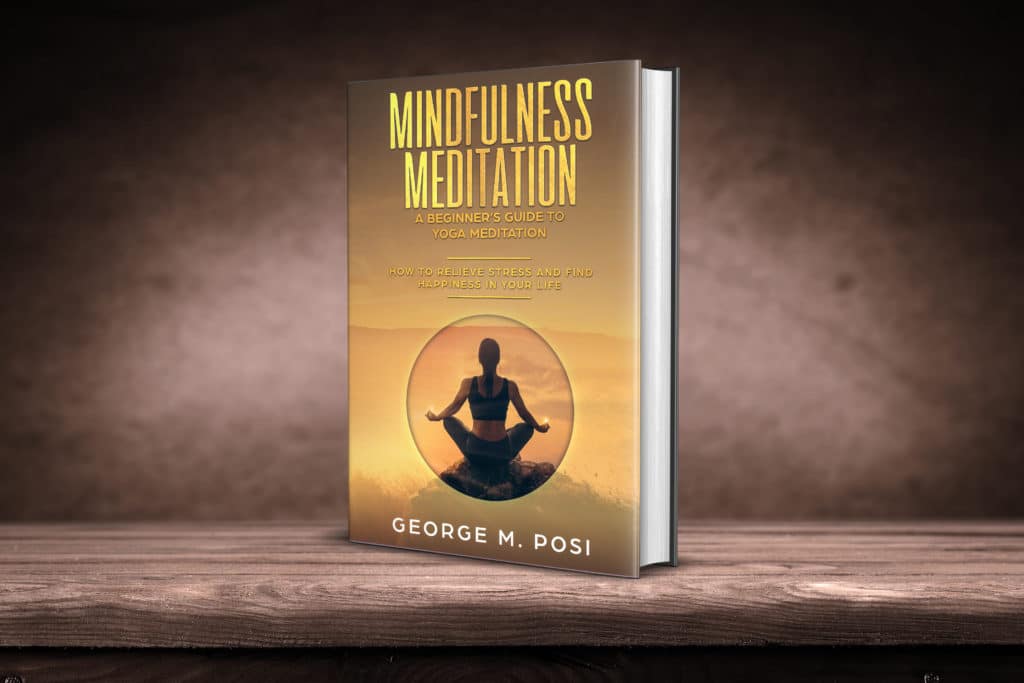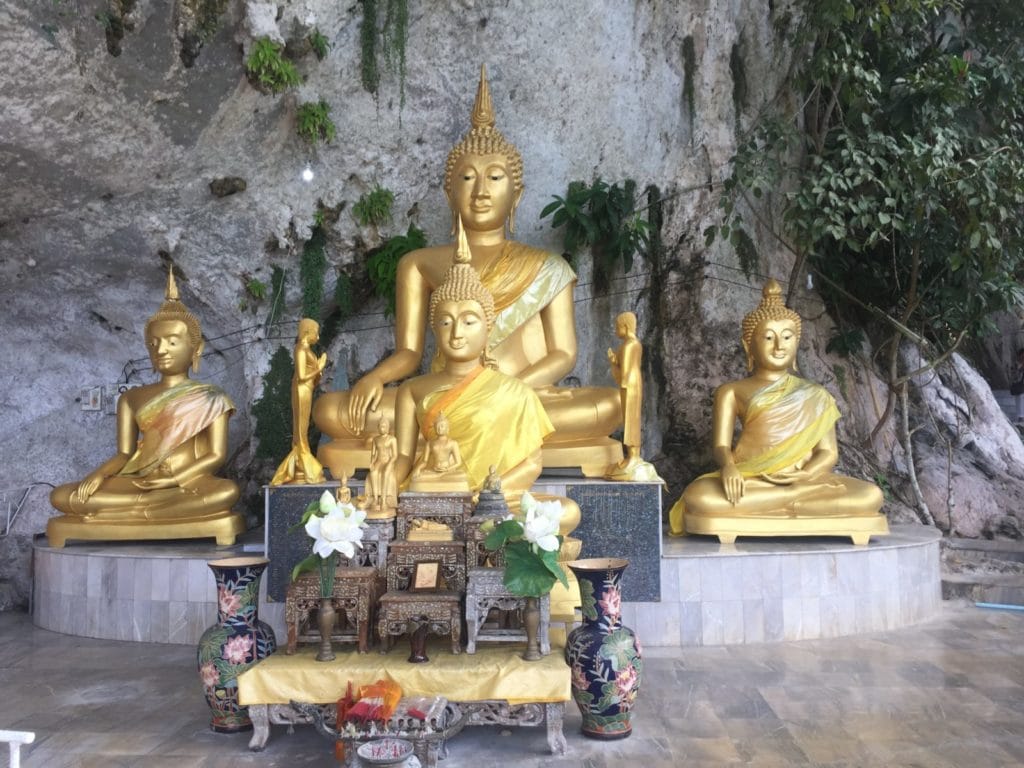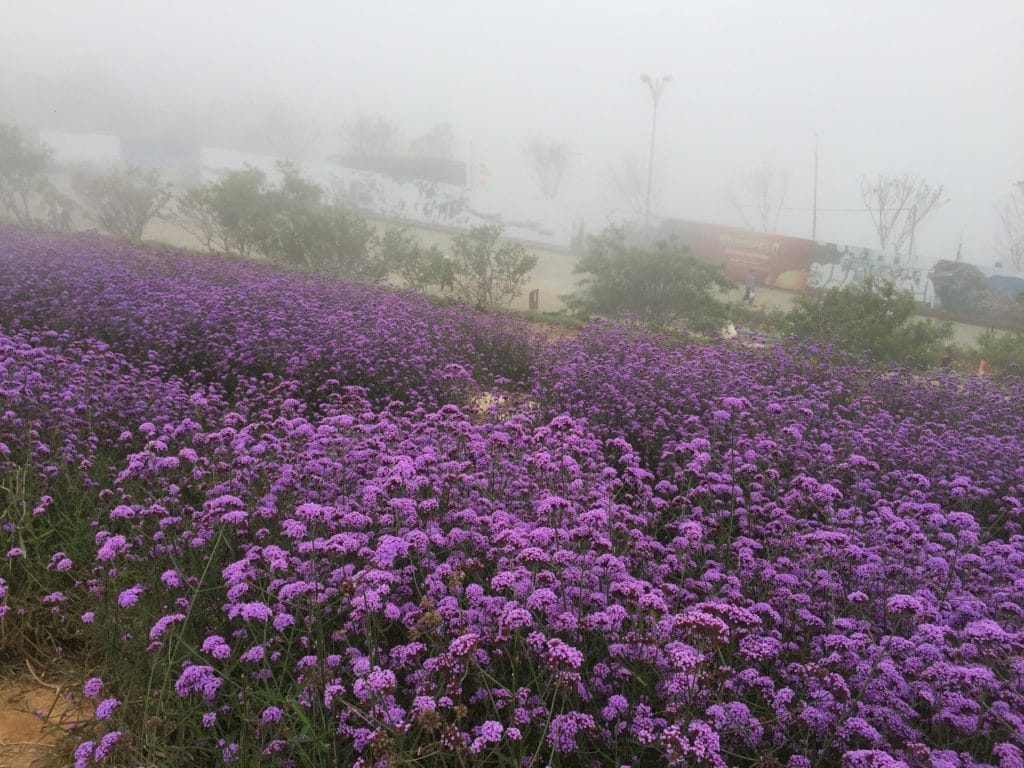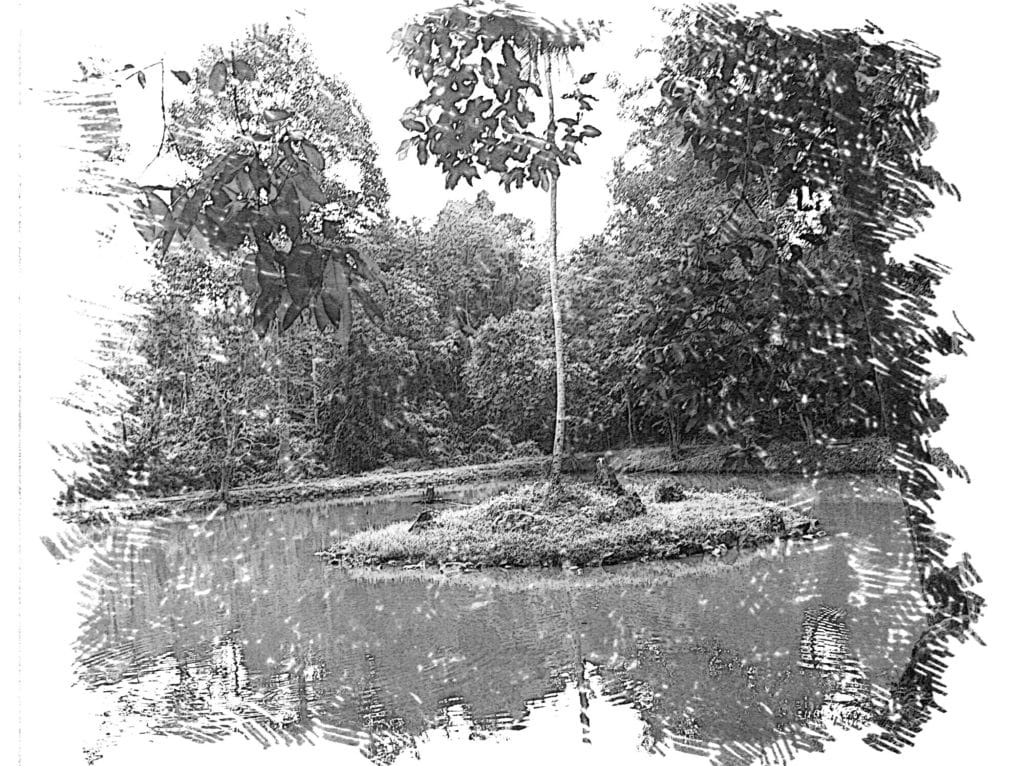Meditative practices like Yoga, Taiji or Qigong can be called “Meditation in motion”, as described in my new book. Every morning we had one of these practices, and I must say that I feel that beginning the day in mindful motion, your whole day is developing in a much more positive fashion.
I have described these practices more in my previous post YOGA – MEDITATION IN MOTION.
Now I will explore the connection between mindfulness and Yoga.
The Connection Between Yoga and meditation – mindful motion
In today’s hectic world we look for activity to help us calm our minds. We know from our experience that techniques to calm your mind can help fight anxiety and improve mood. We call those activities Mindfulness.
It is accepted that Yoga helps fighting depression but also improves your physical well-being. Regular practice lightens your mood and takes you away from everyday troubles, even if just for that moment when we practice. A combination of physical and mental incentives that Yoga offers should be embraced and broadened by regular practice. It will help you to manage stress effectively.
Yoga also helps your sense of accomplishment after you finished the daily Yoga routine. It also prepares you to deeper states of mind by practicing breathing (pranayama) and performing different meditative routines inside your Yoga practice. Yoga postures intend to prepare your body for meditation.
When we begin to slow our breath and begin to sync it with our movement, we become calm. Then, we become closer to a single-minded purpose. By slowing down, we begin to accomplish more, and we keep our attention in the present moment. Yoga not only helps to strengthen our body, but raises our awareness, and prepares us for meditation. Proper breathing helps calm your mind. It gives a rhythm to your thoughts and helps create a peaceful structure of the mind.
Meditation and Yoga are interrelated. Yogis say: “Where the breath flows, the mind goes.” Yoga, like chanting, can allow the energy to flow upward, and to open our heart to the higher chakras and higher consciousness.
Shavasana, the Yoga meditation for relaxation
The most popular pose in Yoga for meditation practice is Shavasana (Corps pose). It is practically an integral part of any Yoga class. Though we often describe Yoga as “Moving meditation” this pose requires you to be completely calm and still, thus entering the meditative state.
The word Shavasana has Sanskrit origins. We practice Shavasana pose lying face-up on the ground, arms and legs comfortably spread and with eyes closed. To begin, we will start to scan our body from the top of the head and gradually scan down your body from head to toe, relaxing one body part at a time. Keep awareness of parts of the body that feel relaxed. Notice which parts are still tense. Do you feel comfortable or uncomfortable? Is your body light or heavy? If thoughts arise, notice, and let your breath carry them away. Let your breath bring you to the place of stillness. The more you practice, the easier it gets to achieve this. In time, your breath will become quieter, slower, and deeper. You will become calm, not only in time of practice but in everyday life as well.
Many beginners thought that Shavasana pose is easy, but more experienced Yoga students know that Shavasana can actually be the most challenging and beneficial of all the poses. That’s because the essence of Shavasana is to relax the mind and body while remaining present and maintaining awareness.
Shavasana helps you relax, causing a lowered heart rate, a sense of calm, and a decreased release of stress hormones like adrenaline and cortisol. It makes us feel good. And that was just what we wanted. Now we can approach more clearly to everyday problems and challenges and solve them using our calm mind.
You need to practice every day
There are many ways to achieve peace of mind. Meditation is one of the most helpful tools to do just that. It does not matter which technique or method you choose. It is important to be persistent in your practice and patient in expecting the results. You really must practice (almost) every day to be able to have some results. It can be hard at the beginning, but once you develop the habit, it gets much easier, and it becomes the part of who you are.
The present moment is the only place where you can decide what will be your answer to what life puts before you. The past is irreversibly behind you; there is no more, except for memories in your mind and this very moment. The future doesn’t exist either, except as thoughts in the present moment. So, all this exists is only now created through a mixture of causes and conditions. We cannot control most of those either. The only choice that is under your control is your reaction here and now.
Just be mindful, and do not give up.
Read more in my new book
If you want to know more about “Meditation in motion”, you can find my new book on Amazon. There are both E-Book and Paperback versions.
You can also see my new video about the Suan Mokkh meditation retreat. Check out my Youtube Channel as well. I will try to put a lot of material about Thailand temples, so consider to subscribe to the channel if you are interested in this topic.
If you want to know more
If you want to learn more about things I write about, check out my books. See also what the goal of this web site is.
You can check out my other post about Mindfulness.
Enjoy reading!
I invite you to use all the resources I provided for you and to share your thoughts and comments.
If you like this post, please subscribe here, get FREE E-BOOK NOW, and get a notification when future posts are published. Also, share with your friends and Like on social media using buttons below.
Share



